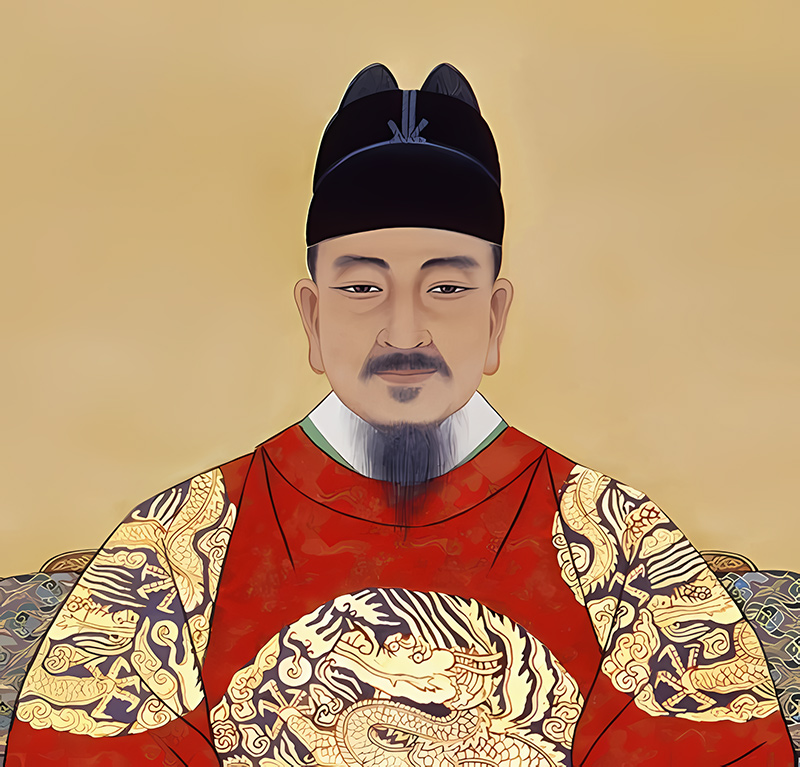The Korean alphabet (Hangul) has always felt to me, ever since I first learned it as a kindergarten student, less like a code to crack and more like a set of LEGO bricks for building. Because it was designed for ordinary people rather than gatekeepers, Hangul is quick to learn. Children absorb it fast; adults, too, can pick up the basics in a single sitting.
Modern Hangul consists of 24 basic letters (14 consonants, 10 vowels). There are also 27 composite forms built from them: 5 tense consonants, 11 complex consonants, and 11 complex vowels. However, once you learn the 24 simple letters, the composites come easily.
Compared with other scripts used across Asia, such as Chinese characters, Japanese kana/kanji, or the Arabic script, Hangul is about as easy to learn as the English alphabet. The difference is predictability. In English, a single letter like “a” wanders: /æ/ as in cat, /eɪ/ as in late, /ɑː/ as in father, or /ə/ as in about. So while the alphabet is simple to memorize, the sound-to-letter mapping is messy. Korean is far more regular: “ㅏ” is always pronounced “a” (as in father), never “uh,” “ay,” or “æ,” and other letters behave just as steadily. There are natural sound shifts at syllable and word boundaries, but the basic mapping stays clear. That reliability, the sense that letters largely say what they look like, is what makes Hangul feel so efficient and scientific. Furthermore, Hangul has no uppercase, lowercase, or cursive variants to learn; each of its 24 letters keeps a single, consistent form.
Hangul is also hospitable. New sounds and borrowed foreign words aren’t a crisis. Letters combine cleanly to catch subtle differences, so the script can handle pure Korean vocabulary, place names from abroad, scientific terms, and pop culture imports without bending out of shape. In the Japanese writing system, the hamburger company McDonald’s can only be written as マクドナルド, which sounds like “Makudonarudo.” And ask your Chinese friend to write “McDonald’s” in Chinese characters, or a word they’ve never seen, like “antediluvian.” In Hangul, you can write those words immediately, precisely as they sound in the United States: “믹다널즈” and “앤티덜루비언.”
And although the Korean alphabet was born in the fifteenth century, it behaves as if it were designed for keyboards and screens. The rules for stacking and unstacking letters are so regular that they are a natural fit for modern computing: typing is predictable, searching is exact, text-to-speech and optical character recognition have clear paths to follow. In an age that prizes clean logic under the hood, Hangul hums along.
When I was a freshman at Berkeley, I took Introduction to World History with a renowned professor. On the very first lecture, as he traced the rise of writing systems, he paused to say that linguists regard Korean Hangul as the world’s best script. So is Hangul the best alphabet? After all, you can cite eminent praise: Edwin Reischauer, the foremost scholar of East Asia, once called Hangul “perhaps the most scientific system of writing in general use,” and others have echoed “the world’s best alphabet.”
However, those are admiring judgments, not a formal consensus of all linguists. Scripts are tools, not trophies, and each one fits the language it serves. Hangul happens to fit Korean with uncanny precision because it was built for it, with the mouth in mind and the learner at heart.
King Sejong of the Joseon dynasty created Hangul in the 1440s because he believed the existing writing system, Hanja (Chinese characters), was too difficult for ordinary people to learn, hindering their ability to read texts. He set out to design a simple, phonetic alphabet accessible to all, regardless of social status or schooling, thereby facilitating the spread of knowledge and learning among his people.

